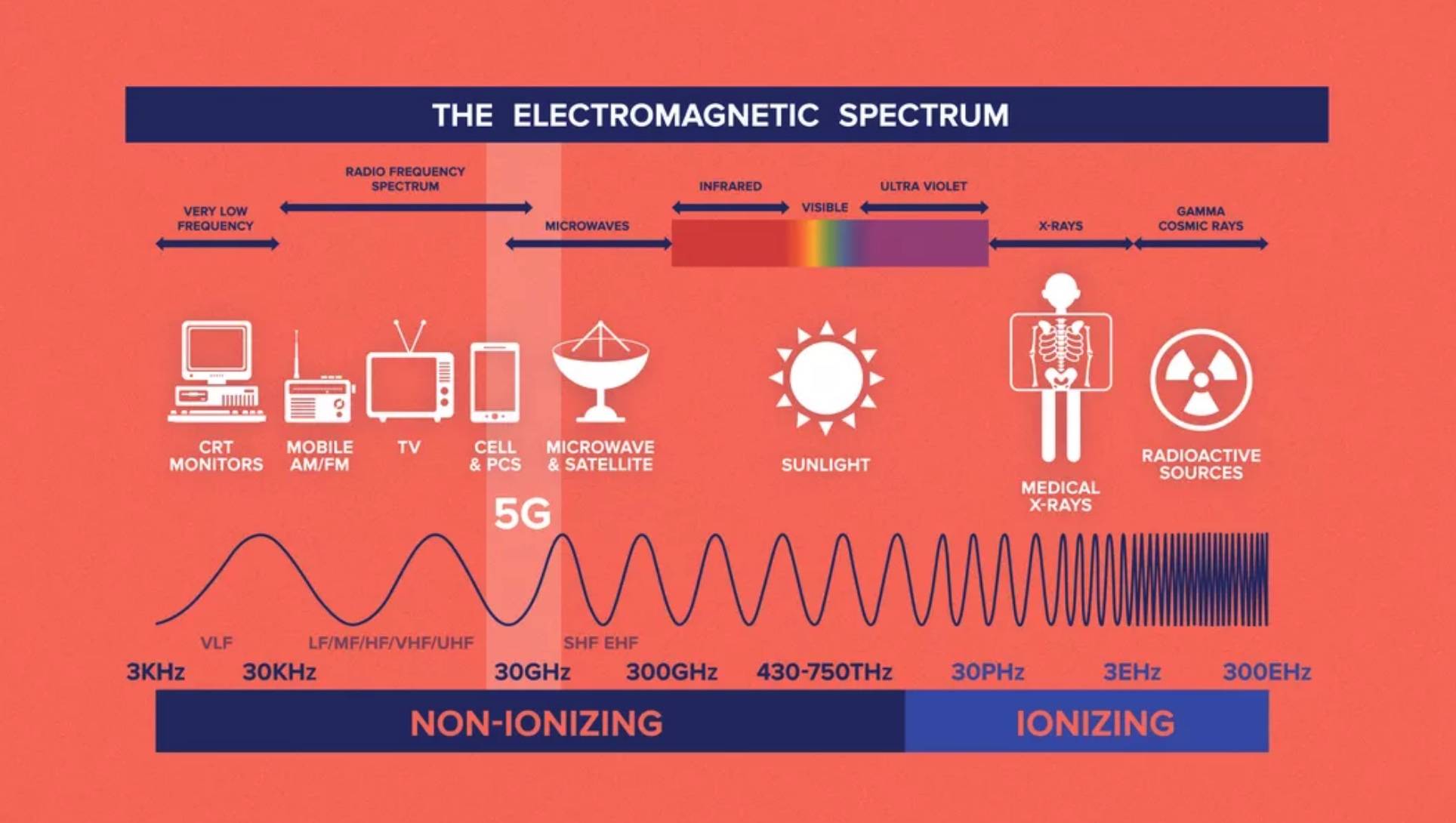5G is a very low-frequency form of radiation far below visible light and infrared What frequency is 5G. The radio spectrum is broken up into bands each with unique features as you move up into higher frequencies.
The 5G spectrum is a range of radio frequencies in the sub-6 GHz range and the millimeter-wave mmWave frequency range that is 2425 GHz and above.

5g radio frequency. Ad Industrial microwave and RF systems for food industry laboratories plasma generation. Frequency Range 1 FR1 including sub-6 GHz frequency bands Frequency Range 2 FR2 including frequency bands in the mmWave range 24100GHz 5G Radio Frequency Country Specifications for mmWave bands. Coronavirus crisis-induced work-from-home wave and accelerated deployment of 5G opens bright prospects for the Zacks Semiconductors - Radio Frequency industry players like.
What are the radio frequency bands used in 5G communication system. 4G uses frequencies below 6 GHz while some 5G networks use higher frequencies like around 30 GHz or more. The active base station can change as the user is on the move with each changeover known as a handoff.
Defining the 5G Spectrum Radio wave frequencies range anywhere from 3 kilohertz kHz up to 300 gigahertz GHz. Since 5G is a new technology there is no research on health effects so we are flying blind to quote a US. All signals fall on the electromagnetic spectrum from radio waves to X-rays and.
What are 5G frequency bands and what frequency band does 5G use. 5G wireless technology utilises a variety of frequency bands within ranges known as FR1 below 7125 GHz and FR2 above 24250 GHz for the 5G New Radio. Verizons 5G Ultra Wideband network uses 28 GHz and 39 GHz mmWave spectrum bands.
It has limitation due to bandwidth. In fact 5G in the US is expected to use some of the same frequency bands that previous generations of wireless have used including low-band 600MHz frequencies as well as midband spectrum in. However we have considerable evidence about the harmful effects of 2G.
Why 5G requires high frequency spectrum. The frequency range of the 5G signals being introduced is within the non-ionising band of the electromagnetic spectrum and well below those considered harmful by the ICNIRP. Standalone New Radio NR Base Station 5G NR New Radio is a new air interface developed for the 5G network.
5G NR is a new air interface being developed for 5G. With latest generation software-defined radios SDR you can switch on 4G and 5G on sub-6GHz bands using your 5G Radio baseband radio heads and share spectrum between 4G and 5G carriers based on customer traffic demand. Millimeter waves use frequencies from 30 to 300 gigahertz which are 10 to 100 times higher than the radio waves used today for 4G and WiFi networks.
Conventional GSM and LTE network uses frequency range below 4 GHz range. An air interface is the radio frequency portion of the circuit between the mobile device and the active base station. Every portion of the spectrum has a range of frequencies called a band that go by a specific name.
5G NR uses two frequency ranges. This will aid the network in speed and capacity as a higher number of devices will eventually be able to operate on that high-frequency spectrum. Microwave plasma for PECVD lab-grown diamonds.
In order to support higher bandwidth 5G require high frequency range of sub 6 GHz and millimeter waves. 55 rows Frequency bands for 5G New Radio which is the air interface or radio access. Ad Industrial microwave and RF systems for food industry laboratories plasma generation.
Microwave plasma for PECVD lab-grown diamonds.